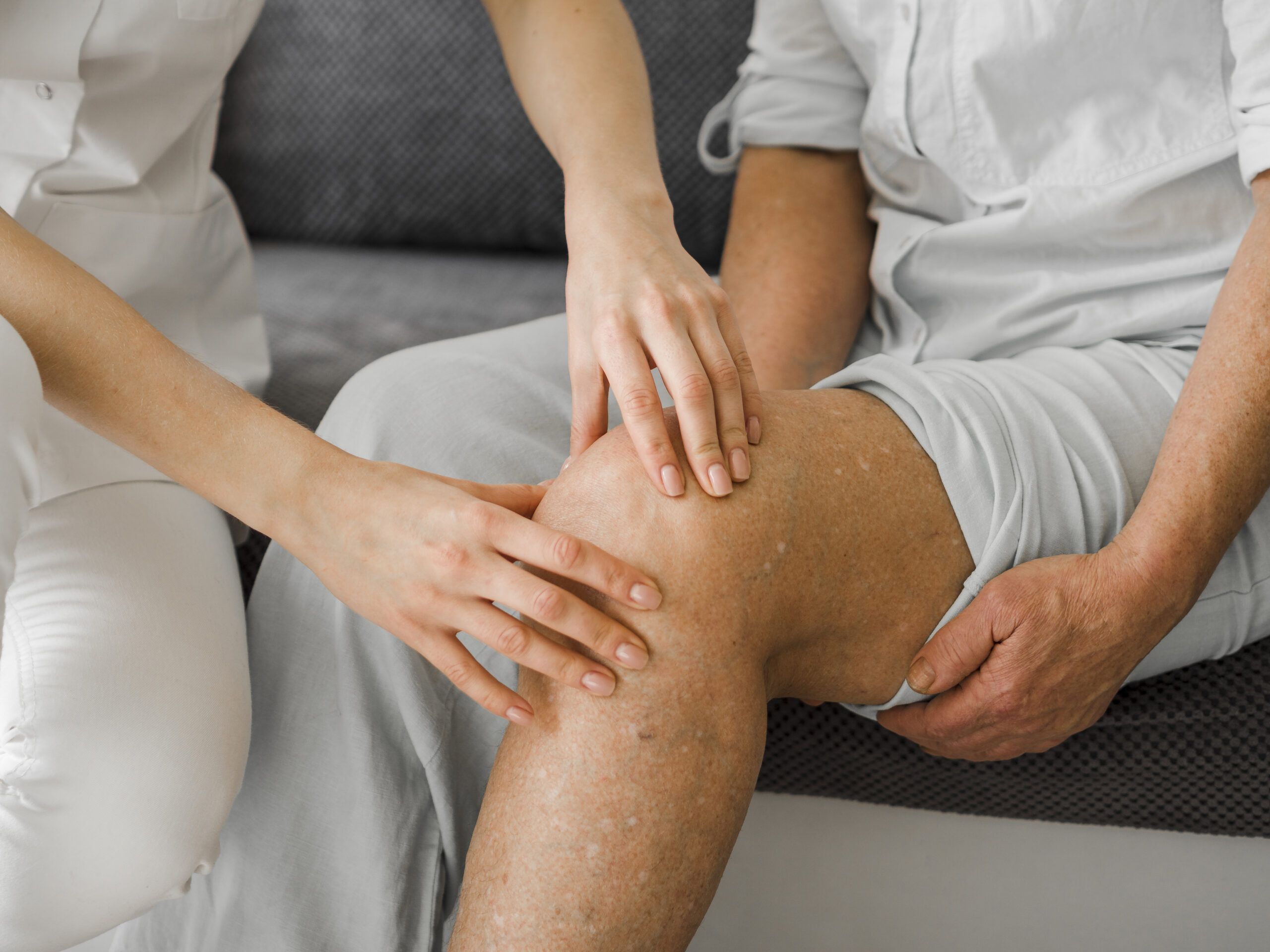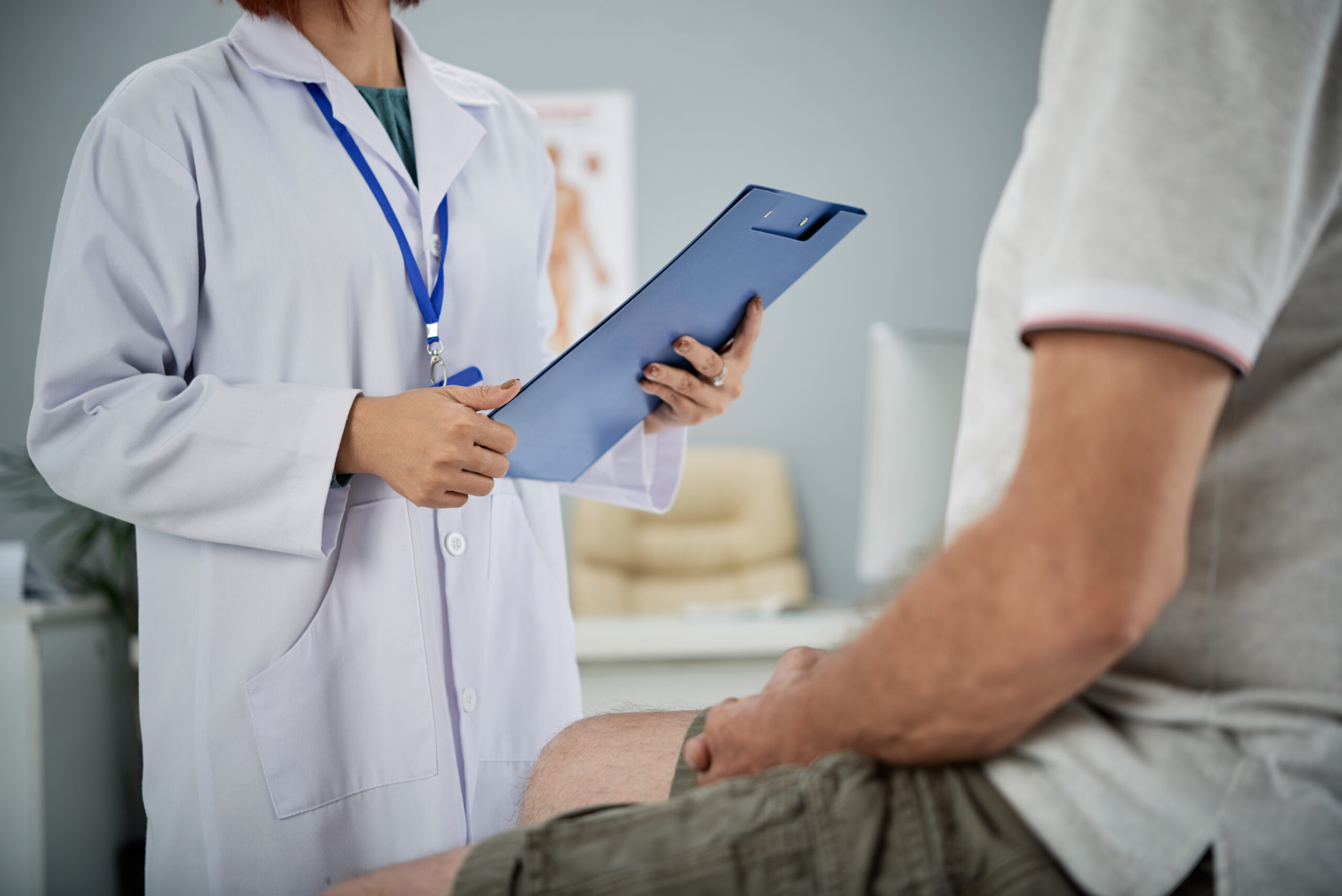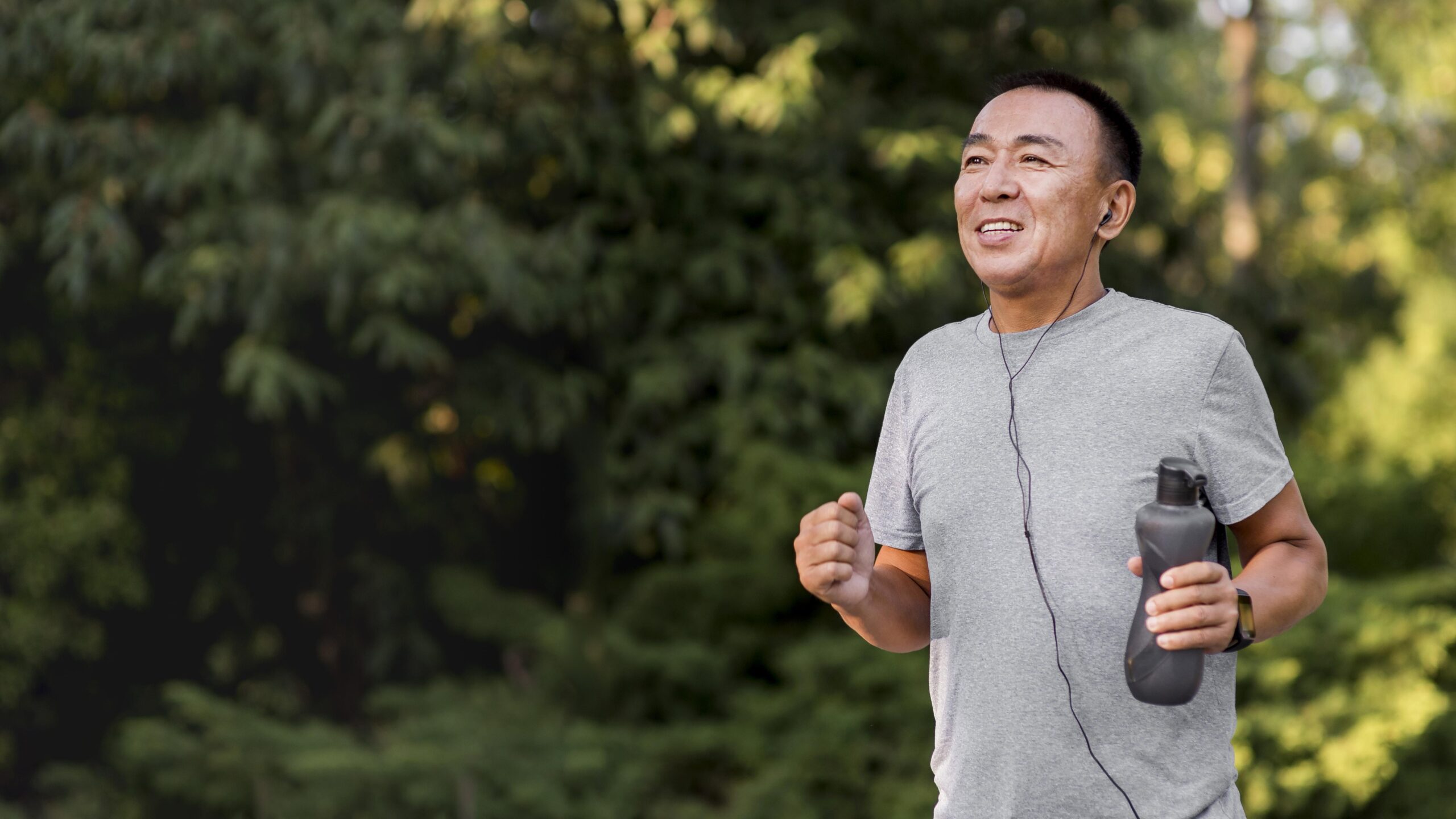What Are Varicose Veins?
Varicose veins are enlarged, twisted veins that often appear blue or purple under the skin, most commonly in the legs. They occur when vein valves weaken, causing blood to pool and veins to swell. While often considered a cosmetic issue, varicose veins can lead to discomfort and serious health complications if left untreated. This article explores the causes, symptoms, and modern treatments for varicose veins, helping you make informed decisions about your vein health.
Causes of Varicose Veins
Several factors contribute to the development of varicose veins:
- Genetics: A family history of varicose veins increases your risk, as inherited weak vein walls or faulty valves can predispose you to the condition.
- Prolonged Standing or Sitting: Jobs or lifestyles that involve long periods of immobility can impair blood flow, putting pressure on leg veins.
- Pregnancy: Increased blood volume and hormonal changes during pregnancy can weaken vein walls, leading to varicose veins.
- Age: As we age, veins lose elasticity, and valves may weaken, making blood pooling more likely.
- Obesity: Excess weight puts additional pressure on veins, contributing to their enlargement.
Understanding these causes can help you take preventive measures to maintain healthy veins.
Symptoms to Watch For
Varicose veins are more than a cosmetic concern. Common symptoms include:
- Visible, bulging veins that are blue or purple.
- Aching or heavy legs, especially after prolonged standing.
- Swelling in the lower legs or ankles.
- Itching or burning sensations around the veins.
- Muscle cramps or throbbing in the legs.
In severe cases, varicose veins can lead to complications like skin ulcers or blood clots. If you experience these symptoms, consult a vein specialist promptly.
Modern Treatment Options
Advancements in the vein industry have made treating varicose veins safer and more effective. Here are some popular options:
- Sclerotherapy: A minimally invasive procedure where a solution is injected into the vein, causing it to collapse and fade. Ideal for smaller varicose veins and spider veins.
- Endovenous Laser Therapy (EVLT): Uses laser energy to close off problematic veins, redirecting blood flow to healthier veins. This outpatient procedure has a quick recovery time.
- Radiofrequency Ablation: Similar to EVLT, this method uses radiofrequency energy to heat and seal veins, offering a high success rate with minimal discomfort.
- Vein Stripping: A surgical option for severe cases, where the affected vein is removed. This is less common due to the availability of less invasive alternatives.
- Compression Therapy: Wearing compression stockings improves blood flow and reduces symptoms, often used alongside other treatments.
Consulting a board-certified vascular specialist ensures you receive a tailored treatment plan based on your condition and lifestyle.
Preventing Varicose Veins
While some risk factors like genetics can’t be changed, you can reduce your risk with these tips:
- Stay active with exercises like walking or swimming to promote healthy blood flow.
- Maintain a healthy weight to reduce pressure on your veins.
- Elevate your legs when resting to improve circulation.
- Avoid tight clothing that restricts blood flow in the legs.
- Take breaks from prolonged sitting or standing to keep blood moving.
Why Vein Health Matters
Ignoring varicose veins can lead to chronic venous insufficiency, where poor blood flow causes long-term complications. Early intervention not only improves your quality of life but also prevents serious health issues. If you suspect varicose veins, seek expert advice from a vein clinic to explore your options.
For more information on vein health or to schedule a consultation, contact Kronson Vein Institute today.


